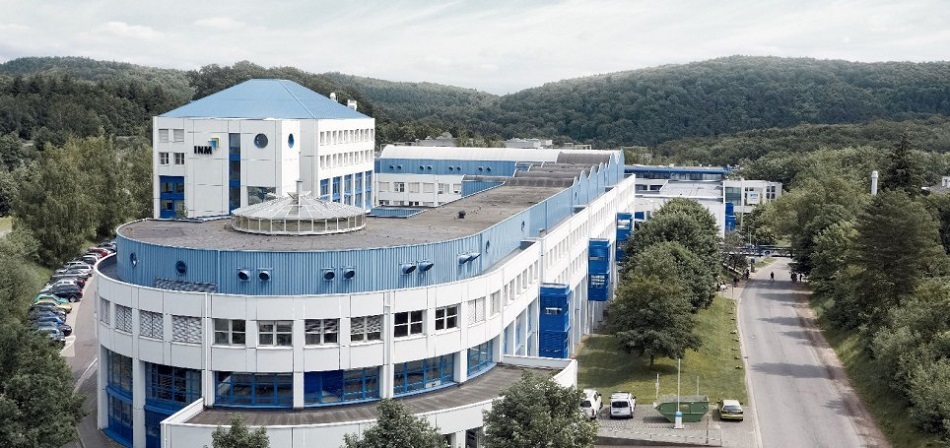Feb 16 2016
According to researchers working at the Leibniz Institute for New Materials (INM), individual gold particles are aggregated to form clumps under the influence of haemoglobin.
 The Leibniz Institute for New Materials
The Leibniz Institute for New Materials
In the film “Spectre”, nanosensors are injected into James Bond’s bloodstream so that he can be traced anywhere. Research to realize this vision in the real world is currently underway. To ensure there is no blockage of fine blood vessels, the blood circuit should not have any uncontrollable particle clumps.
Until now Scientists have believed that when nanoparticles are attracted to each other they become are unstable and form big-sized flakes, visible to the naked eye. If they are stable, they remain separate. However, INM researchers have shown that other possibilities exist. They have discovered the possibility of an intermediate status – nanoparticles aggregating and forming minute clusters, not visible to the naked eye.
Researchers at INM and those at the University of Bayreuth recently reported their work in ACS NANO.
The results are of interest in medicine: nanoparticles are used today to bring drugs to precisely where they are needed in the body. This requires that the particles do not aggregate. Only then can they move through the fine ramifications of the blood vessels, for example. Our results show that special care must be taken, since aggregates could be present even though you can’t see them.
Tobias Kraus, Physical Chemist, INM
The formation of microscopic clusters or large flakes depends on the concentration ratio of gold nanoparticles and haemoglobin. Microscopic clusters are formed when high concentrations of nanoparticles are mixed with small amounts of haemoglobin, and when very few nanoparticles are mixed with large amounts of haemoglobin. The aggregation of nanoparticles takes place to form clumps and dark, visible flakes, when they are present in different concentration ratios.
For their microscopic analysis, the researchers employed X-rays, light and electrons and revealed the structures of the large flakes and of the microscopic clumps.
Source: http://www.leibniz-inm.de/